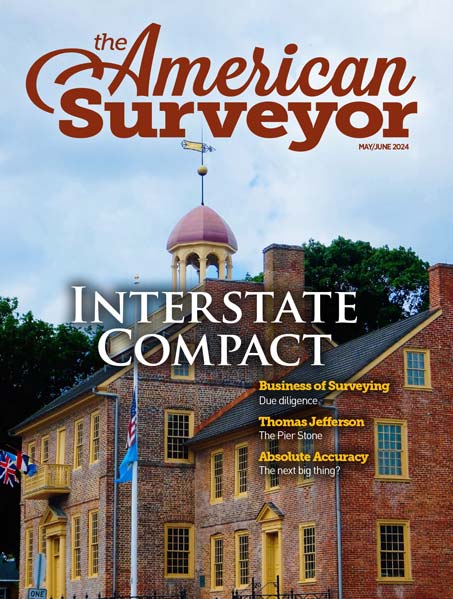Water rights throughout the Western United States are allocated beyond what existing resources can supply naturally, so it is vital that water budgets, rights and distribution are managed efficiently. To best serve numerous stakeholders, ranging from water districts to private, commercial and federal entities, an equitable water use management solution must be developed. To aid this process, the Idaho Department of Water Resources (IDWR) developed and maintains an innovative model of evapotranspiration and aquifer drawdown conditions. The first phase in developing these models was a two-year project to map irrigated and non-irrigated areas in the Eastern Snake River Plain Aquifer, the primary water source for southern Idaho. Progress on this aquifer map became significantly faster after IDWR acquired a Wacom interactive pen display. Fully integrated with IDWR’s ESRI ArcGIS software, the pen display is now accelerating completion of the entire statewide database.
Going with the Flow
IDWR GIS Analyst Margie Wilkins undertook the intensely detailed task of mapping irrigated vs. non-irrigated lands. Much of her dataset was based on one-meter NAIP (National Agriculture Imagery Program) imagery that reveals water use down to individual field levels and boundaries. IDWR’s dynamic models use Landsat satellite imagery in computing evapotranspiration to simulate aquifer drawdown conditions. IDWR’s application of satellite imagery was recognized in September 2009 with a prestigious "Innovations in American Government" Award.
With the Wacom interactive pen display, Wilkins was able to revamp her workflow. Drawing directly on screen to outline boundaries of irrigated lands greatly accelerated the process of digitizing vector polygonal data. The pen-on-screen with ArcGIS proved to be faster, more intuitive and more comfortable compared to heads-up digitizing with a mouse.
Many features in the ArcGIS Desktop software suite are enhanced with a Wacom display. Users can move through ArcMap editing sessions quickly by manipulating the pen directly on the screen to select coordinates, snap vertices or place points. Graphics can be easily inked on any map or image using the pen with the built-in ArcMap pen tools. The Wacom-ESRI combination speeds up overall digital workflows, leading to production efficiencies that translate into a significant return on investment.
"The Wacom display gave me a very intuitive workflow, allowing me to easily move around the screen in ArcGIS at varying zoom levels while delineating hundreds of features identified on our imagery. This includes building data that ranged from large center-pivot irrigation circles to roads, homesteads and small pastures," Wilkins says.
The Final Impact
Equipped with the Wacom display, Wilkins accelerated her workflow by an estimated 25 percent. "The interactive pen display is an ideal tool for quickly and accurately defining polygon edges," she says. "It provides a considerable workflow advantage compared to the mouse, especially for the fine detail work. The difference with the Wacom pen is night and day."
Wilkins anticipates much quicker turnarounds with future digitizing projects due to the Wacom display. She concludes, "I can work so much faster and more efficiently with the Wacom pen because I don’t have to think about the physical process the way I did with a mouse. Using the pen, my hand just naturally reacts, freeing me to concentrate fully on processing the data and advancing the project."
